Clamp is a fairly common garden plant having a huge number of species and varieties. Decorative, as well as therapeutic properties of culture make it very popular among dacnis. In this article, you will find a detailed description of various types of clearing with photos, learn the rules for planting and leaving the plant.
Basic information about culture
This plant has many different names. In the people, it is called hernial and feverish grass, science prefers to call the Culture "Sedum", among the gardeners it is known as "Crazy". There are two basic versions of the origin of the name of the surcharge. One of them claims that the flower takes its name from the Latin "Sedo", which means "subtle." It is believed that in ancient times, the culture was widely used in folk medicine as an anesthetics. The second version states that Seduum is named as analogy with the word "Sedeo", which is translated from Latin how to "sit". Such a name is also justified, since this soil plant is rather low, it is tightly pressed against the surface of the earth, as if sitting on it.
Clamp has a huge variety of species, there are more than 500 of them in total. Very often different varieties of surcharges are so distinguished that at first glance, they cannot be called the same plant. Most often, culture can be found in the countries of Europe, North America, Asia, as well as in Mexico. However, the crawls in certain quantities grows almost everywhere where there are good lighting and temperate climate.
Seduum refers to succulents - cultures with very juicy fleshy leaves. It is this sign that is characteristic of all plant varieties. It grows apart pretty quickly, it is unpretentious to the soil, quickly rooted and in a short time covers significant territories. With the form of the plant resembles a soft fluffy carpet, which is why it is often used in landscape design when creating alpine slides.
Clamp can be one or two-year-old culture, but most species are grassy perennials. The inflorescences of it have the kind of umbrellas of a wide variety of shades. Among the varieties there are both frost-resistant and thermal-loving cultures that are grown exclusively at home.
Clamp is also considered a good honey, if you land it on your site, you will attract a large number of bees and butterflies. The ability to quickly grow up and create a dense impenetrable carpet allows you to use Seduum to mask empty areas of land, creating a background on lawns, flower beds and in mountaineering. With this plant, you can easily disguise unsightly zones on the household site. It should also be noted that the fleshy leaves of the plant are perfectly transferred to drought and heat, so it is possible to plant cleanings on the open areas that are permanently illuminated by the Sun.
Common varieties of uchidkov
Among the huge number of species of plants in gardeners are very popular with several varieties, we describe them in detail below:
- Customs prominent. Motherland culture are considered to be countries like Korea, China and Japan. The plant has straight stems reaching at a height of 25 to 60 cm. Stems and juicy leaves, fleshy, have a light tinge, a leisure flare is noticeable on the leaves. The inflorescences of the Clarification of the visible is achieved in diameter 15 cm and consist of small fluffy flowers. The shade of them is usually bright pink, although there are varieties with red and white boots, as well as with the leaves of a motley color. Blood inflorescences in the fall, glading eyes for about 1 month. With the arrival of frosts, the leaves and stems are dying. Calculation care is prominent simple, landing should be carried out on the territories well lit by the sun. Covering soil with a dense rug, culture prevents the growth of weighing plants in this area. You can prominently prominently can be wedged, cuttings or seeds.
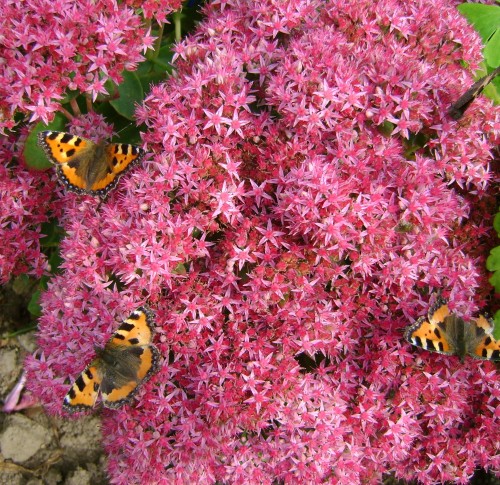
- Clamp purple can be found in most Eurasian countries. In Russia, culture grows almost everywhere, it cannot be found except on the territory of the Arctic belt. The inflorescences of purple crawl produces in August-September. The stalks of the plant are direct, sufficiently low, the maximum height of them reaches 30 cm. The leaves have a bright green color, their edges are slightly separated. The inflorescences of this culture have a bright pink color, thanks to which this variety and got its name. Purple Cancer is resistant to drought, grows in dry places. To such conditions, it is helped to adapt the leaves covered with a thin wax chain - such a layer does not give extra moisture to evaporate from the plant. It is best to multiply this kind of seeds or chains.
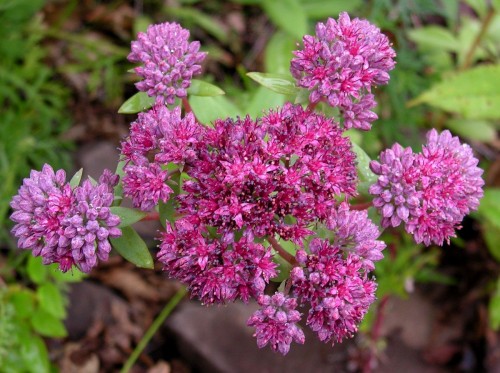
- Coid white grows in Europe, as well as in the northern part of Africa. This variety refers to evergreen cultures, its height of its stems reaches 8-20 cm. The plant has a creeping root and a small foliage of an elongated form. White flowers are assembled in the bonding type inflorescences. The flowering period of the surcharge falls on the middle of the summer and lasts about 40 days. Gardeners use anchored varieties that have not only white, but also a pinkish-purple color. The plant covers the soil with a solid carpet, abundantly dyed flowers. Comfortably feels at sunny sites and loves well-moistened soil.
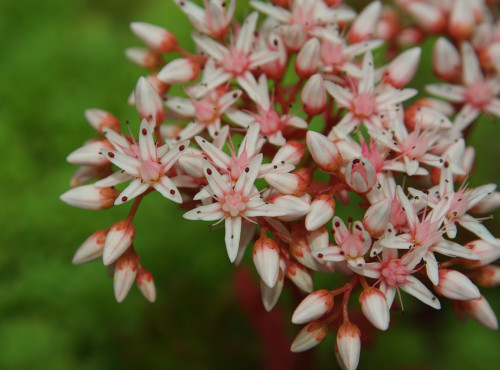
- Customs is a caustic - a poisonous plant, which in certain quantities can be used as a medicament. Culture is distributed mainly in Europe. She meets in Russia, mainly growing on river shallows or pine bodies. Clamp is caustic has a thick foliage of a rich-green color. Sheets, as a rule, are small, in the transverse section, have a triangle form or oval. Flowers from this variety of surcharge resemble a star, the shade of the inflorescence bright yellow. A period of blossoms of the Custodium is accounted for by the middle or end of summer and lasts 1 month. The height of the stem is insignificant, reaches an indicator no more than 10 cm. Culture loves well-lit territories.
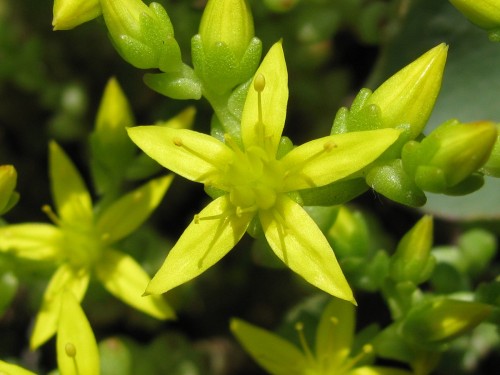
- Big soda is a type of surcharge, common in Western European countries, as well as on the Mediterranean. This perennial can be called a tall plant, since the height of its stem reaches as many as 80 cm. The stems themselves themselves, have a reddish green color. The foliage of the very rather large, elongated oval shape. The inflorescences are neuropric, as a rule, have a light pink shade. The flowering period of culture falls on the end of summer or at the beginning of autumn.

- Cancer Living can be found in the Far East, as well as in Siberia. The height of the stems is not very big, it reaches no more than 30 cm. The foliage is thick and juicy, slightly served, has an elongated form. Suffers Living Looks Bright Yellow Flowers, in shape similar to the star. Culture begins its bloom at the beginning of summer, in August, the inflorescences are faded, and with the arrival of frosts, the above-ground part of the plant is devouted.
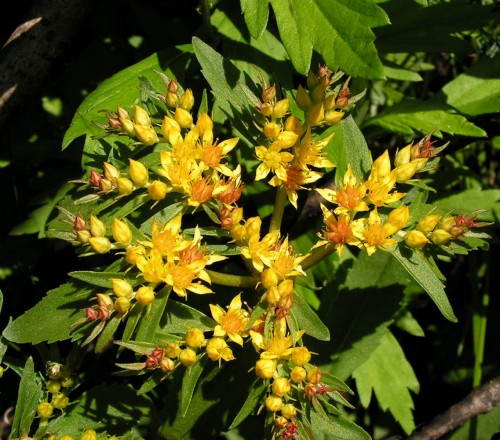
- Eversally can often be found in mountainous areas. This culture is distributed in Altai, in the Himalayas, in some regions of China and Central Asia. The plant is sprinkled on the ground with a thick carpet, releaseing low straight stems reaching a length of 15 cm. The leaves have a wide, rounded shape, covered with a sideline. Small flowers have a light pink, sometimes a purple tint. The flowering time falls on July-August, the process lasts about 40 days.
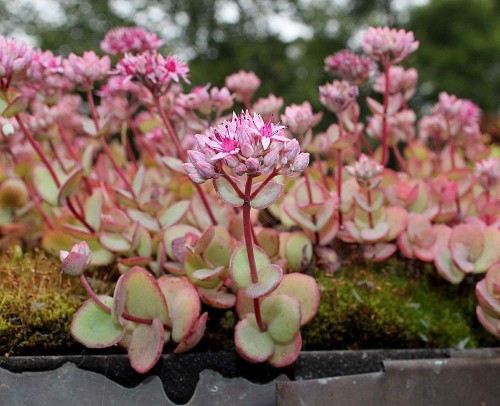
- Morgan's cleans - an interesting and fairly spectacular plant that came to us from Mexico. This Seduum has the form of long shoots, densely littered with fleshy rounded leaves of a bluish-green shade. Particularly beautiful such cleavers looks in suspended vases. For an unusual form, the culture in the people was called "Monkey Tail."
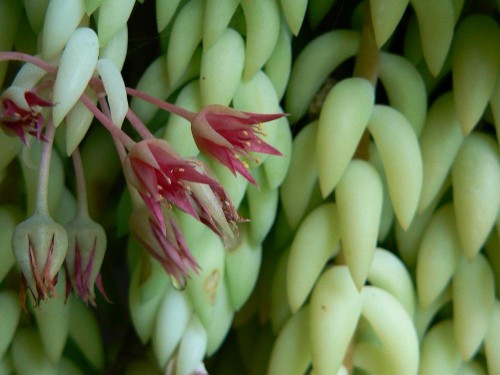
- Clear caspiest is interesting for its foliage. It has an elongated form, the length reaches 4 cm. In the cross section, the sheet is rounded, and its tip is painted in red.
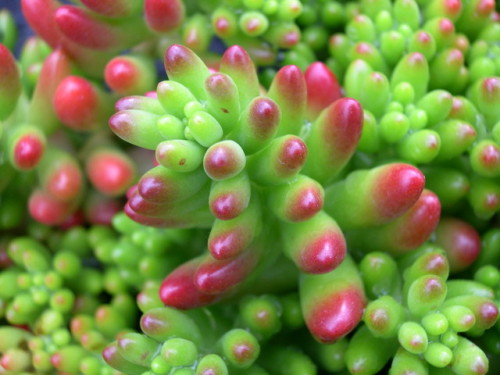
Rules of cultivation of Clergy
Selection of places for landing
Most varieties of this plant feel perfectly on an open, well-lit terrain. However, it is capable of tolerance and a small shadens, but to plant it on a plot where the shadow is constantly present, it is still not worth it. The more sunlight gets a plant, the brighter and more beautifully becoming his foliage. In case of insufficient lighting, the crawls blooms weakly, the stalks go into growth, the culture loses its decorative appearance.
However, before planting a survey, it should be carefully examined by the information about a specific grade, since it can be caught by that species that prefers to grow in the shadow and coolness. Clamp refers to drought-resistant plants, but the place where it grows, it is thoroughly cleaned from the fall of foliage. Otherwise, new stems simply do not break through the layer of leaves. Culture transfer to a new place should be held every 5 years.
The composition of the soil for planting plants
Clear is an unpretentious plant, it grows perfectly even on non-fermented soils and in rocky land, which is why this culture is often planted in alpinera. For better growth in the ground before planting, it is desirable to make a slightly humidiation or compost. Often loosening the earth or select some particular composition does not make sense, since Sedum in natural conditions feels great both among the stones and sand and in limestones and even in coniferous forests. However, a certain care is still needed by an extractive clearing.
Methods of breeding and landing
This plant is customary to multiply in three ways: seeds, stalling and goddes. Below we will consider in more detail how to plant Sedum in a particular case:
- Seeding is one of the simplest and most common methods of reproduction. So that the plant did not degenerate on your site, try to transplant it to a new place at least 1 time in 5 years. If you want to sow plant seeds, do it in the spring or autumn season. Choose a suitable container, fill it with land and plant seeds. Place the container in the greenhouse and wait for the appearance of germs, maintaining the soil in a slightly moistened state. It should be noted that the sprouts from the surcharge are small, therefore, as soon as you notice the first leaves, immediately transfer seedlings into open soil. The plant will begin to bloom in 1 or 2 years. It is important to know that when landing on one section of several varieties, they can hybridize each other. As a result, you can get a completely unpredictable result.
- The pavement is also considered a simple and easy way to reproduce this culture. Living clefts can grow from any fragment, whether it is a piece of stem or leaf. It happens that in the process of trimming the bush, the part of the surcharge falls to the ground, rooting and forming a new plant. In the wild, the sidelines are leaving for a new place from fragments, diverse birds or rodents. However, if you want to get a strong and healthy plant on the selected area, you should attach some efforts. First, choose a suitable place, clean it from other plants, garbage, weed grass. Soil Align and slightly compact. Separately mix the portion of the soil with a small amount of sand. At the prepared place, lay out the cuttings and sprinkle them with an earthy mixture. Match it a little and moisturize. As a rule, from planted cuttings sprout from 70% to 100%.
- Specific varieties of culture can be multiplied by gag. This is done early in spring. Coid digging out of the ground, from the root remove the earth and divide it into fragments. On each fragment there must be a kidney, of which new shoots will be germinate. Sections of cuts must be treated with fungicide, and after it is necessary to put rhizomes into a dry cool place for several hours.
Clearance Care Rules
Having considered the subtleties of the landing of the point, we will pay attention to the leaving of the plant. The basic guidelines for culture are given below:
- Sedum is considered a frost-resistant plant that perfectly transfers cold. However, the gardener will not hurt to stream crawls for the winter with a plastic film.
- As a rule, in one place the plant can grow for 5-6 years, but sometimes the degeneracy of the culture begins 3 years later. It is important not to miss this moment and transplant Sedum in time to a new place.
- So that the culture had an attractive and well-groomed look, it needs to be rejuvenated from time to time. Old shoots should be trimmed, and in their place to germinate new cuttings. So that the cuttings have come better, the soil under them is better to periodically fertilize.
- Fertilize the sidelines at the beginning and at the end of its flowering. Please note that this plant does not tolerate competition with weeds, so it is important to rest carefully. This rule does not apply to a hardship to a consumer who simply does not give weeds to grow around themselves. Knowing this feature, gardeners often land like a variety on the borders of the flower and alpine slides.
- Sedum does not need frequent watering. On moderately rainy summer, the culture is better not to moisten at all, in a strong drought you can sometimes water the plants. Watering should also be carried out in case of clarification to a new place.
- Unnecessary shoots, as well as dried leaves and flowers should be trimmed in time, since such elements spoil the decorative type of seed.
Fighting diseases and pests
Cleans refers to cultures, sufficiently resistant to various diseases and pests. However, some varieties may be subject to attacks of caterpillars or sawers. If you have noticed such insects on your flower bed, try to lure them out of the cord with the help of a cabbage or lightweight sheet, and then destroy. The plant itself is treated with special means that scare the pests.
In conditions of high humidity, a mushroom infection may appear at cumsions. It has the appearance of spots that cover the stalks and leaves of plants. If you notice such lesions on your cultures, cut the sideline affected by the infection and burn.
Solutions of insecticides will help the attacks of Tly. Gardeners often use the same means that spray currants. Such formulations do not damage the leaves of plants.
In some cases, weevils can appear at the crash. It's easy to get rid of them. Estate a white cloth or paper under the sadumehouse, then shook bugs from the plants. This procedure is better to be carried out early in the morning or in the dark, when the air temperature is below + 10 ° C, otherwise insects will scatter. With white weedong fabrics, you can shield in a bucket with water, previously divorced a small amount of kerosene in it.
Application of Clergy in Folk Medicine
Cancer caustic
This type of seeding of poisonous, but in small quantities of crafts is widely used as a medicament. It has the following actions on the body:
- increases blood hemoglobin;
- contributes to the normalization of the gastrointestinal tract;
- activates respiratory processes;
- helps to bring warts, papillomas, corns;
- accelerates healing wounds on the skin;
- helps to reduce blood pressure;
- acts as a diuretic;
- on the basis of the Coid Custodium, preparations of laxative action are created;
- folk medicine uses this plant as an antitumor agent.
Caucasian cleans
This variety is usually used for outdoor use. For example, the parires from this plant helps to get rid of the manifestations of rheumatism, and also act as a wound healing agent. To make a kippera, you need to take a small amount of leaves or rhizomes, to quote them with boiling water and wrap in gauze. The resulting agent is applied to patient places.
Purple Cancer
Clamp purple is widely used in folk medicine. This variety of plants is considered a strong biostimulator, superior to its useful qualities, even such a popular agent as Aloe. Coid purple possesses many healing properties:
- it has an antitumor and anti-inflammatory effect on the body;
- helps to heal wounds;
- it has tonic and stimulating properties;
- serves as a hemostatic agent.
Folk medicine uses not only the above-ground part of the plant, but also its rhizomes. The roots are taken to harvest in the fall, and the stems are collected during the flowering period. After digging, the roots are cleaned from the ground, washed, cut in half and dried in the sun. Then transfer to a warm and well-ventilated room and is finally dried.
Purple artwork is used as auxiliary therapy in the treatment of pneumonia, bronchitis, hepatitis. Preparations based on this plant help in healing wounds, ulcers and burns. This culture is used even in surgery, since the crash speed accelerates the process of instilling bone fragments. Toning properties of culture make it possible to apply it when decaying forces, weakness, nervous disorders.
An infusion of anti-inflammatory inflammation is performed by an infusion of purple, which is very useful in the treatment of kidney and bladder diseases. The same infusions are used in the complex treatment of female infertility, diseases of the cardiovascular system, epilepsy.
The decoction of the clearer has an anthelmic effect, and the juice from fresh grass helps in the treatment of hemorrhoids. Traditional medicine did not disregard this unique plant. Its extract is part of the Medical preparation "Biode" - this medicine contributes to the acceleration of tissue regeneration and has a stimulating effect on the body.
Customs, photo:

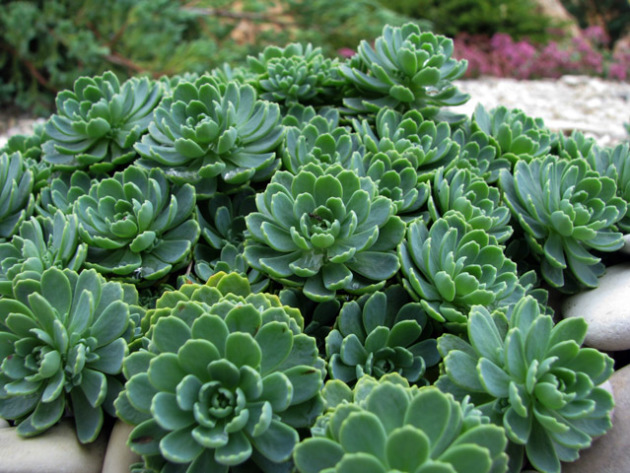
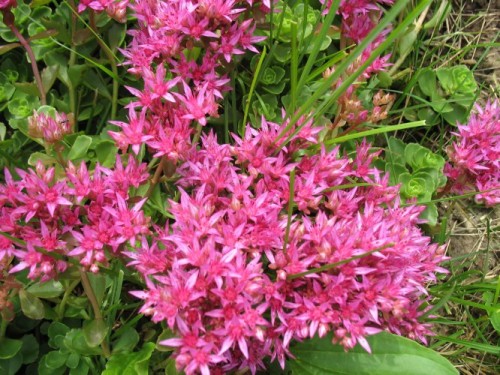


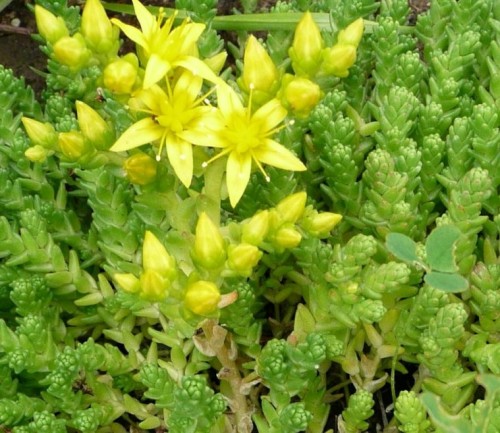
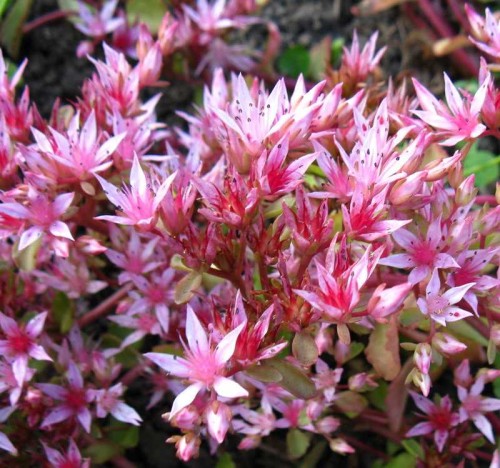
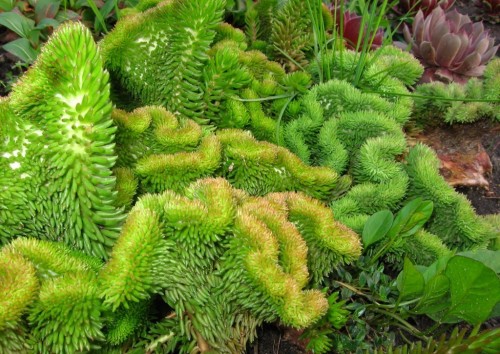
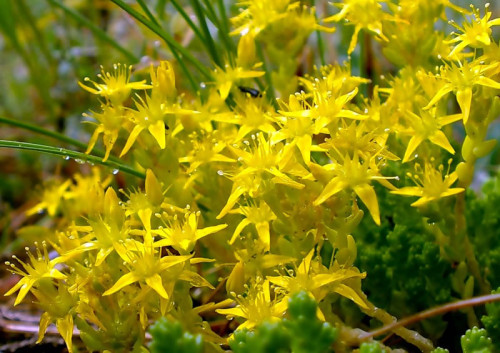
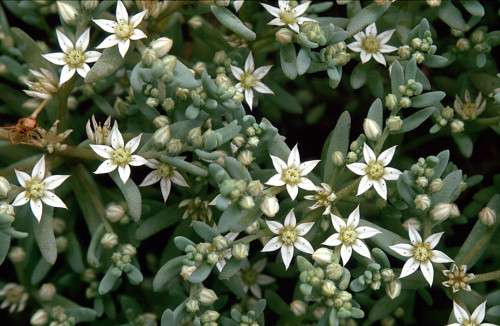
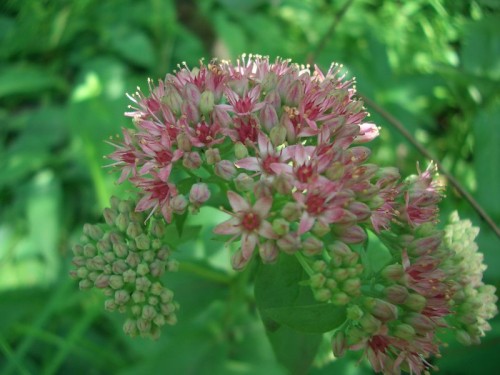
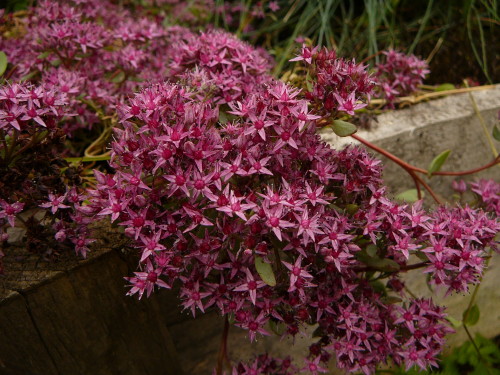
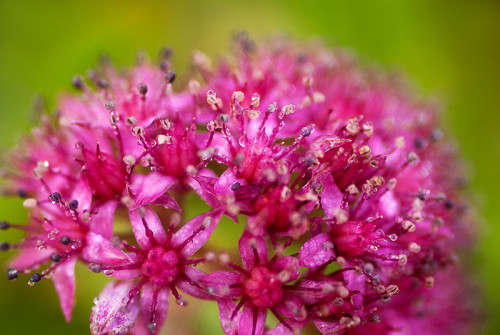





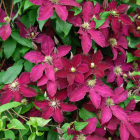
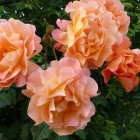

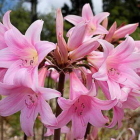
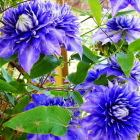
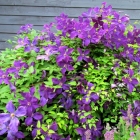
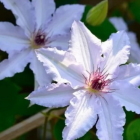
 Start a discussion ...
Start a discussion ...